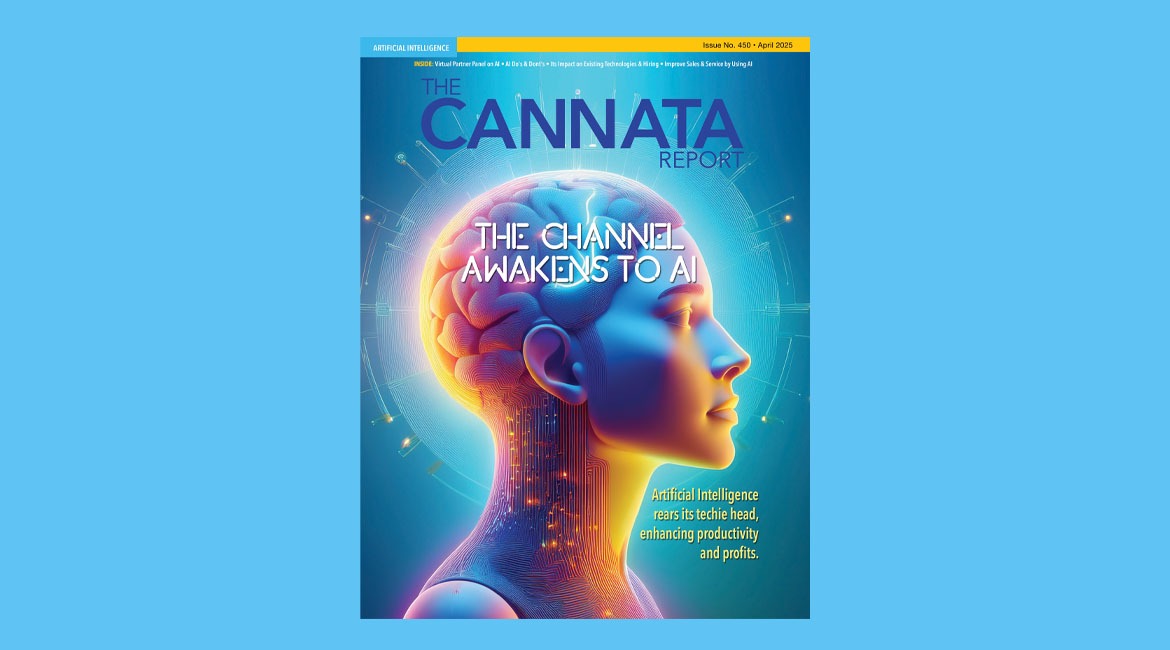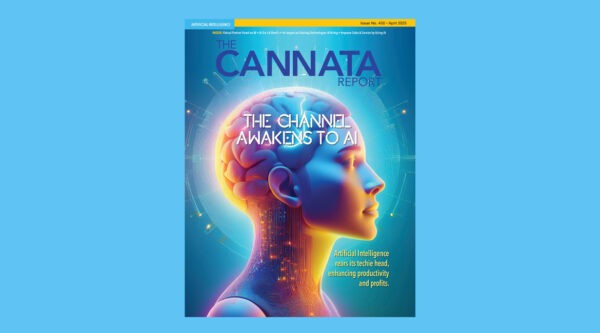Data indeed may be content’s crown jewel but, if we’re being honest, often it feels like we “byte” off more than our brains possibly can process. There seems to be a surplus of the informative stuff, especially in the workplace!
When ChatGPT’s popularity burst onto the scene some 30 months ago, people began asking the curious, machine-learning technology to freshen up meeting agendas and brainstorming sessions. One popular prompt: “Give me three fresh angles on this problem—one unconventional, one data driven, and one low cost.” Soon, the highly advanced tool was being used to inform decisions.
Artificial intelligence can be fun. We’ve seen how vividly AI can create imagery. Some of us experimented ourselves, generating video introductions for websites hosted by “people” who aren’t real. Even orchestrating your own audio podcast is possible. And now there’s agentic AI, which refers to artificial-intelligence systems and models that can act autonomously to achieve goals without the need for constant human guidance. Last month, U.S. semiconductor chip manufacturer Nvidia Corp. unveiled its new Blackwell Ultra design for the “age of AI reasoning.”
AI also can be dangerous. Hundreds of billions of dollars are being spent on large-scale data centers. Skeptics wonder who can afford this mega-cash outlay, and what their ulterior motives might be. Systems are built on data. Is there bias embedded into certain algorithms? Other questions to ponder:
- Where does the data come from?
- Are there privacy concerns?
- Who is labeling the data in the training phase?
Environmentally speaking, much of the physical infrastructure required is highly energy intensive. There are security concerns, too. Several popular AI tools used in cloud environments are highly vulnerable, research from exposure-management platform Tenable, Inc. shows. AI applications require rigorous oversight, as inadequate management can lead to unforeseen or inequitable outcomes, contends the National Institute of Standards and Technology (NIST). In March 2025, full-stack observability platform Coralogix launched an AI Center to empower adopters with real-time visibility.
Vertical Market Immersion
Generative AI will become immersive across all businesses, including banking, believes Gunjan Samtani, co-chairman of Goldman Sachs, India, and country head of the firm’s services. The U.S. investment bank was an early mover in that country’s technology ecosystem, setting up an office in Bengaluru 21 years ago for information technology and back-office support, Business Standard reported in February. Last month, investment bank Raymond James added a chief artificial intelligence officer role charged with driving enterprise-wide innovation.
In healthcare, from breast cancer to HIV, AI has wonderful potential for medical advancements via diagnostic tools and treatment options. Pittsburgh-based startup Abridge, which recently raised $250 million in a funding round, uses AI to build medical documents for doctors and clinics. In mid-March, Xerox announced an expanded partnership with Connecticut Children’s pediatric health system wherein cutting-edge, AI-powered solutions are being used to streamline care delivery and elevate patient outcomes. AI is transforming the pharmaceutical industry as well—accelerating drug discovery, cutting costs, and enabling global collaboration.
The future has arrived in the “printer-sphere,” too, as 80% of print producers report that AI and automation are essential to their operations, per the 2025 State of Print Production Report from print-on-demand software developer Gelato. This could be the year that office technology dealerships hail to the king and say “aye” to AI, figuratively embracing its positive (micro)processing potential for business. Our six panelists say that’s already happening. Their Q&A begins on page 19.
Our coverage on the topic also includes key “Dos and Don’ts” as compiled by Kate Gragg (page 17). Scott Cullen delves into the impact of AI on existing technologies and solutions (page 27). In his cover story, Greg Walters shares specifics on how AI can improve sales and service operations (page 24). In separate articles, Cullen and Petra Deiner’s “Outside the Box” offer varying perspectives on the hiring/retention angle—and whether AI can find the ideal candidate. (Scott’s story begins on page 30). Enjoy the read, and we hope you learn something.





